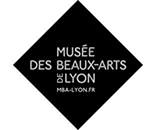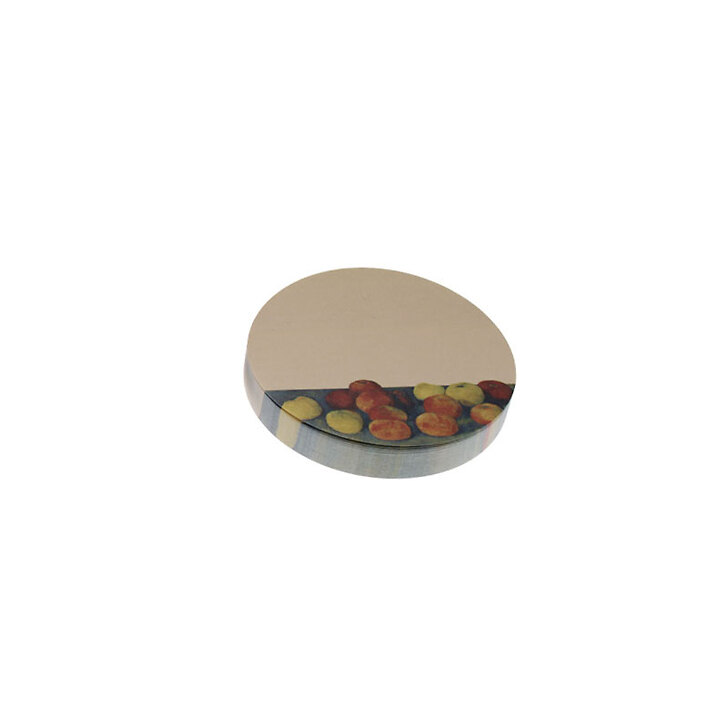Notepad Paul Cezanne - Apples and Biscuits, 1880
IP600023
This round-shaped notebook with repositionable notes is illustrated with a detail of the work by Paul Cézanne, Apples et biscuits, 1880, kept at the Musée de l'Orangerie.
Paul Cézanne (1839-1906)
Apples and biscuits (detail), 1880.
Oil on canvas. H. 45 ; L. 55 cm.
Paris, musée de l'Orangerie.
© Photo...
Read more
This round-shaped notebook with repositionable notes is illustrated with a detail of the work by Paul Cézanne, Apples et biscuits, 1880, kept at the Musée de l'Orangerie.
Paul Cézanne (1839-1906)
Apples and biscuits (detail), 1880.
Oil on canvas. H. 45 ; L. 55 cm.
Paris, musée de l'Orangerie.
© Photo GrandPalaisRmn (musée de l'Orangerie) / H. Lewandowski.
© GrandPalaisRmnCréations, Paris 2025.
Close
Sold by GrandPalaisRmn





